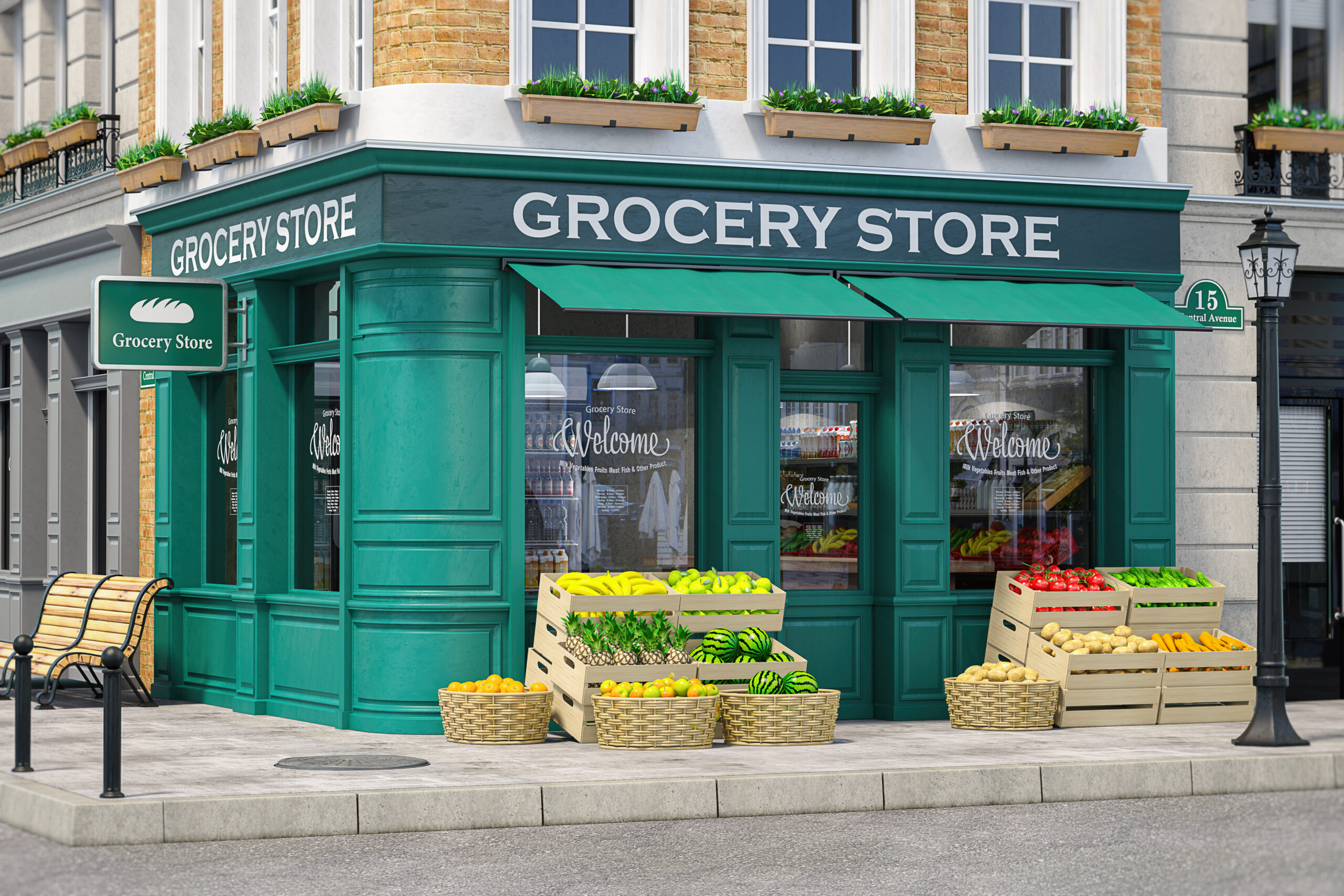If, at the start of 2020, someone traveled back in time and told us that grocery store sales would suddenly jump up more than 25% in March, we would have thought they were insane. Yet that’s exactly the situation brands and retailers have found themselves in today. It sounds like a great scenario, but as we all know, the current state of our world means that we are also dealing with a looming recession and astronomical unemployment rates—and unusual shopping behavior.
In a recent webinar, InContext’s Diana Sheehan talked about the ways in which retailers and manufacturers should be shifting their strategies in order to adjust to center store’s new normal.
Curate Your Assortment
The focus on less is more has been growing and evolving even before this global crisis, but now more than ever retailers are looking to simplify. Which means manufacturers could get pushback and have a more difficult time getting buy-in for their long term items. As brand teams prepare for retail account meetings, you need to start thinking about your must-haves. What are the incremental SKUs that would hurt the category if they got cut? Have your best-in-class options ready for what the category should look like.
Leverage E-Commerce
What would you help your category buyers understand about how your category works online? We know retailers are invested heavily in e-commerce right now, so help them optimize that online, and offline, offer. They are going to lean on you to help them understand how your category is different between the two channels. The fact is, there hasn’t been much work done in the e-commerce space for shelf category management. In the next year to 18 months, it’s going to be important to understand how to build a digital category strategy, and be able to explain how it differs from physical retail.
Assess Shelf Layouts for Differentiation
If there are fewer SKUs and categories are smaller, how do you make the most out of the space you have? And how can you help the retailer optimize that larger category opportunity? Backing up your decisions with data will be paramount to the principles of best-in-class category merchandising. Now more than ever, given the current shift, understanding what makes your products stand out in your category will make all the difference in securing shelf space.
Simplify Your Strategy
The key to productively moving forward will be in how you take all these steps and simplify them to sell in to your retail partner. Retailers have enough to figure out right now, and will have even more going on in the back half of 2020. How do you help them implement the strategies that allow them to optimize the category you compete in—without having a number of different variables in play. The way in which retailers go to business with you is going to change, so your story needs to be tight and clean. Complexity that was always complex has gotten even more difficult because they can’t plan 6 months down the road.
Segment Shoppers
There used to be a constant battle: who really owns the power when it comes to the shelf, the retailer or the brand? Today, it’s neither. It’s all of us; whomever is in the store. As shoppers, we are dealing with things we’ve never dealt with before. As brand and category owners and retailer partners, you have to understand how shopper behavior has changed, and how categories are impacted. As we go into a recession, the majority of shoppers are going to be holding on to their dollars, so you need to understand their trigger points, and what it is that will drive them to hand over that extra dollar at the checkout.
Look, the world looks very different than it did just a few short months ago. But the need for manufacturers and retail teams to use innovative tools to understand the shopper has been the same for years. It’s just that now it’s more obvious than ever that the old way of doing things doesn’t work, so it’s time to adopt solutions that will help your team better understand today’s uncertain landscape, and prepare for the year ahead.





